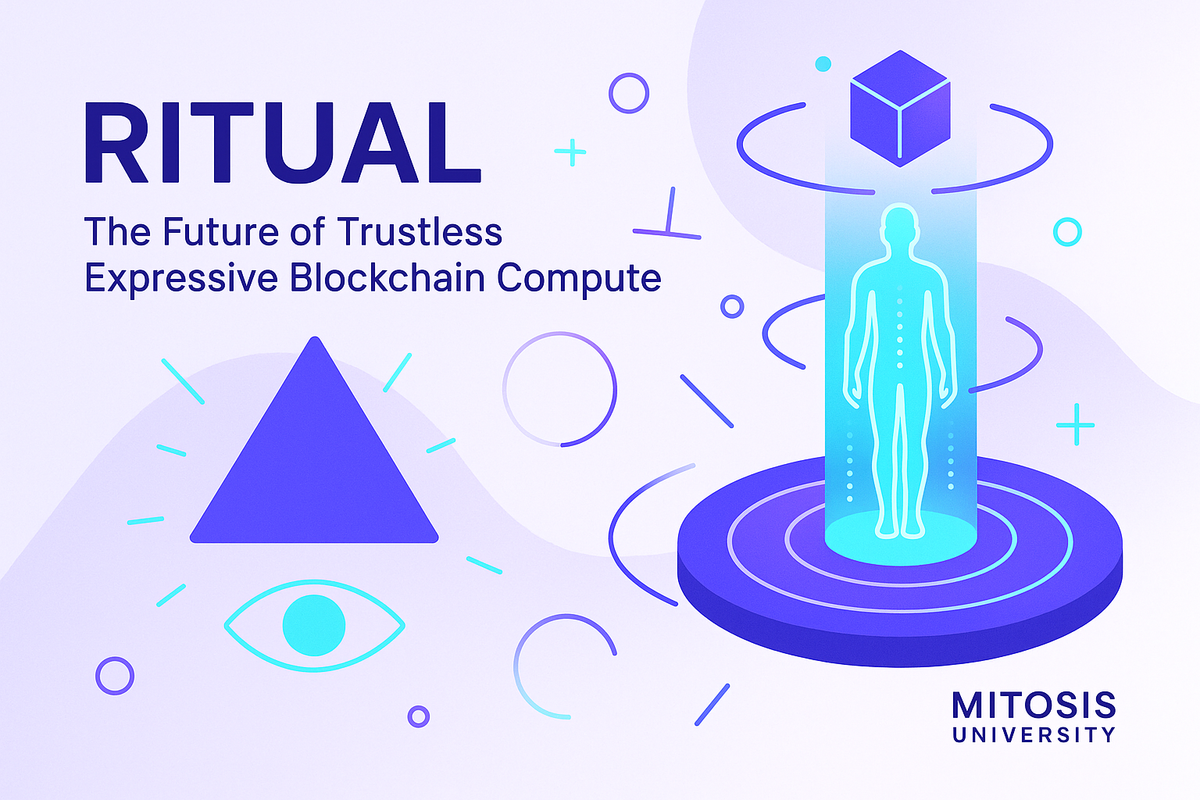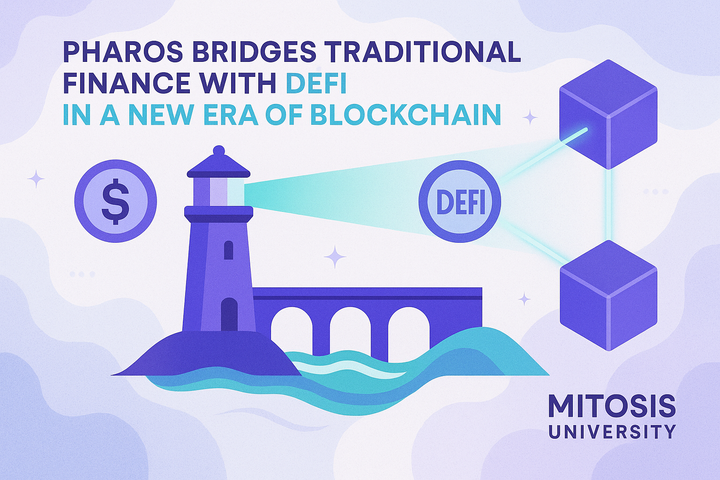Ritual, The Future of Trustless Expressive Blockchain Compute

As blockchains evolve beyond basic financial transactions, the demand for expressive, trustless, and scalable compute infrastructure is reaching new heights. Ritual emerges at this intersection, offering a platform that doesn't just scale existing blockchain capabilities—but redefines what’s possible on-chain.
Designed with the future in mind, Ritual is more than another blockchain—it’s an operating system for decentralized computation. Whether powering AI models, zero-knowledge proofs, or trusted hardware execution, Ritual turns complex workloads into verifiable on-chain operations. In this article, we explore the core innovations of Ritual and how it’s setting the stage for a more intelligent, secure, and modular Web3.
Core Innovations Enabling the “Actually Smart” Blockchain
1. EVM++: Unlocking Expressive Smart Contracts
At the heart of Ritual is EVM++, a backward-compatible yet significantly enhanced version of the Ethereum Virtual Machine. EVM++ enables developers to build “actually smart” contracts by embedding functionality previously reliant on external services or ad-hoc implementations.

- Scheduled Transactions: Automates recurring and conditional executions natively, removing the need for keeper bots and enabling predictable updates for oracles and dApps.
- Account Abstraction: Through EIP-7702, Ritual empowers EOAs with smart contract functionalities like gas sponsorship, batch execution, and custom signature schemes.
- Expanded EIP Support: Ritual integrates valuable Ethereum proposals like EIP-665 (Ed25519 support), EIP-5027 (dynamic gas metering), and more, significantly enhancing developer flexibility.
- Expressive Compute Precompiles: These allow integration of specialized, heterogeneous compute environments natively within smart contracts.
2. Execution Sidecars: Enshrining Heterogeneous Compute
Ritual reimagines on-chain execution with Execution Sidecars—containerized modules that handle AI, ZK, and trusted computation outside the main execution client but remain verifiably on-chain.

- LLM & ML Inference: Supports complex AI tasks using ONNX models and custom LLMs with sovereign, verifiable execution.
- ZK Proving & TEEs: Offers native ZK proof generation and secure hardware execution with enhanced TLS provenance and GPU integration.
- Chain Abstraction: Reads from other chains are treated as native operations, enabling Ritual to coordinate compute across ecosystems.
This sidecar architecture opens the door for high-performance, interoperable compute, unshackled from the limitations of the traditional EVM.
3. AI-Native Infrastructure: Smart Agents & Primitives
Ritual was born from the convergence of Crypto and AI, and nowhere is that more apparent than in its AI-native features.

- Enshrined AI Models: Models live on-chain with provable provenance, modular authenticity, and direct contract-level interaction.
- Verifiable AI Agents: Smart agents manage wallets, trade cross-chain, and evolve autonomously—all while maintaining verifiable action histories.
- Proof-Selectable Integrity: Developers can choose between ZKML, TEEs, optimistic or probabilistic models depending on their application’s trust requirements.
- vTune for Provenance: Tracks model ownership and edits with watermarking, incentivizing open-source contributors and protecting IP.
Redefining Blockchain Coordination and Consensus
Resonance & Symphony: The Economics and Efficiency Layer
- Resonance Fee Mechanism: A novel compute-market protocol that matches jobs to nodes based on cost/speed preference and node specialization. "Brokers" optimize this matching.
- Symphony Consensus: Employs Execute-Once-Verify-Many-Times (EOVMT), drastically reducing redundant computation and enabling heavy workloads to scale across the network.
Together, these mechanisms optimize for performance without sacrificing trust or decentralization.
Modular and Specialized Node Architecture
Ritual allows nodes to specialize—whether in ZK proving, LLM inference, or TEE execution—encouraging diverse participation and high-efficiency compute markets.
Guardians, Ritual’s compute firewalls, let operators define what requests they service, from prompt types to ZK circuit size, providing customizability while preserving consensus.
Conclusion
Ritual isn’t just a blockchain; it’s a new paradigm for decentralized computation. By marrying trustless guarantees with expressive compute, Ritual enables smart contracts that go far beyond financial logic and toward intelligent, adaptable software agents and infrastructures.
Key Takeaways:
- EVM++ supercharges smart contracts with built-in scheduling, account abstraction, and expressive compute.
- Execution Sidecars bring AI, ZK, and TEEs natively on-chain with verifiability.
- AI-Native Design makes Ritual a launchpad for provable autonomous agents and modular AI.
- Resonance and Symphony reshape how compute is priced and executed in decentralized systems.
Looking Ahead
As AI and blockchain continue to converge, the demand for trust, modularity, and performance will only grow. Will Ritual become the Schelling point for computational infrastructure in Web3? If so, the next generation of decentralized applications won’t just be smart—they’ll be intelligent.



Comments ()